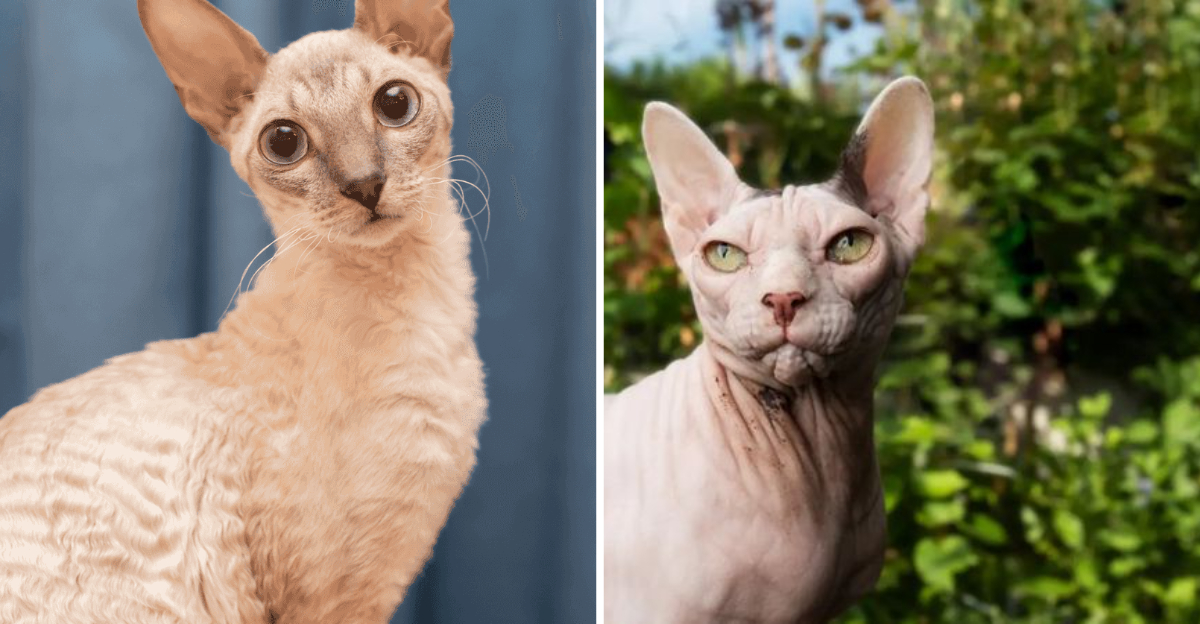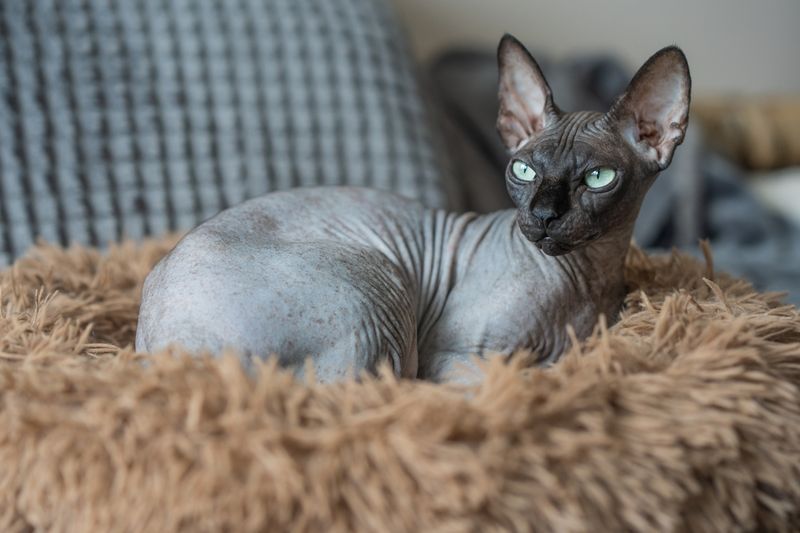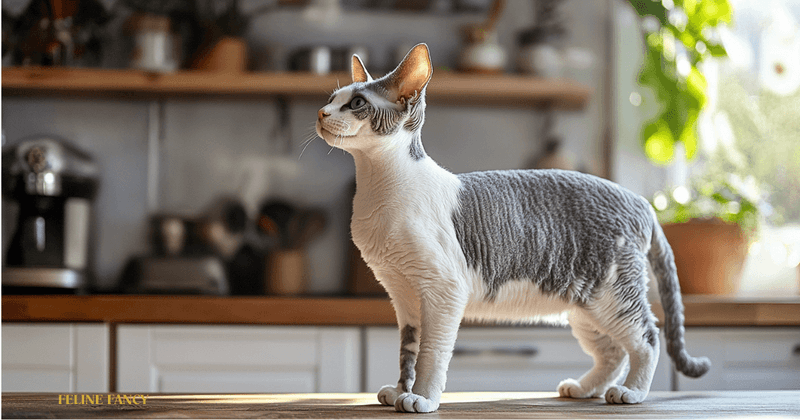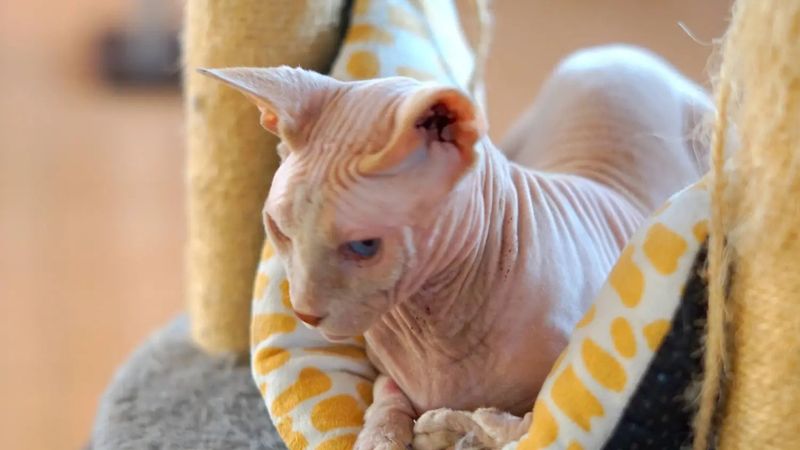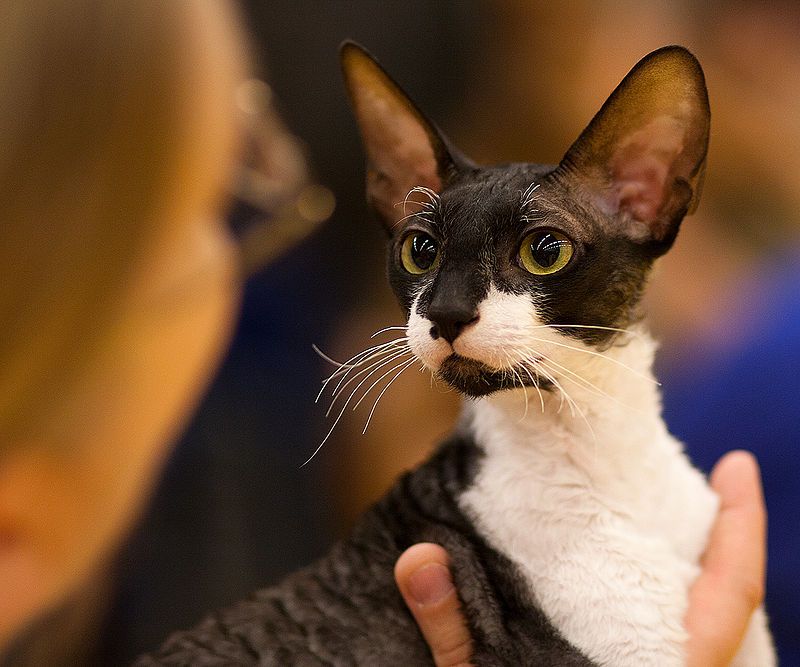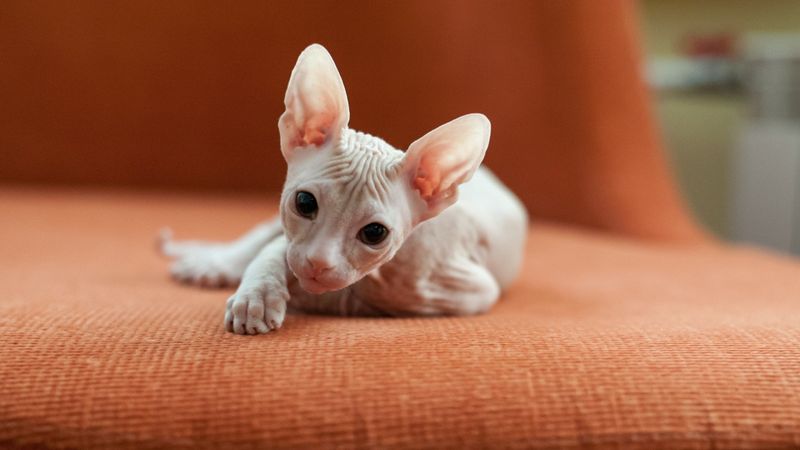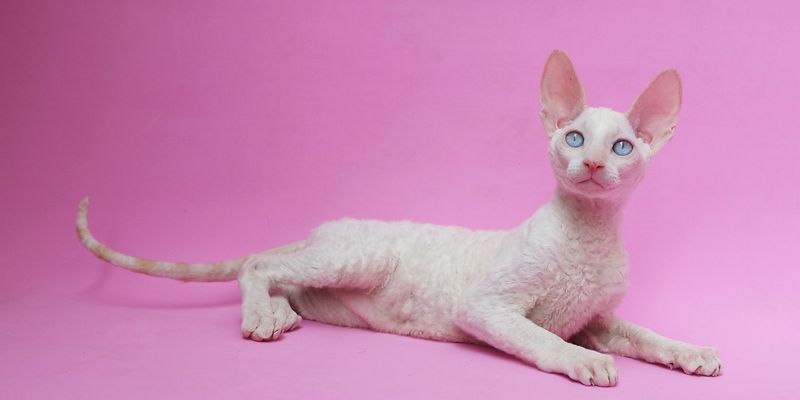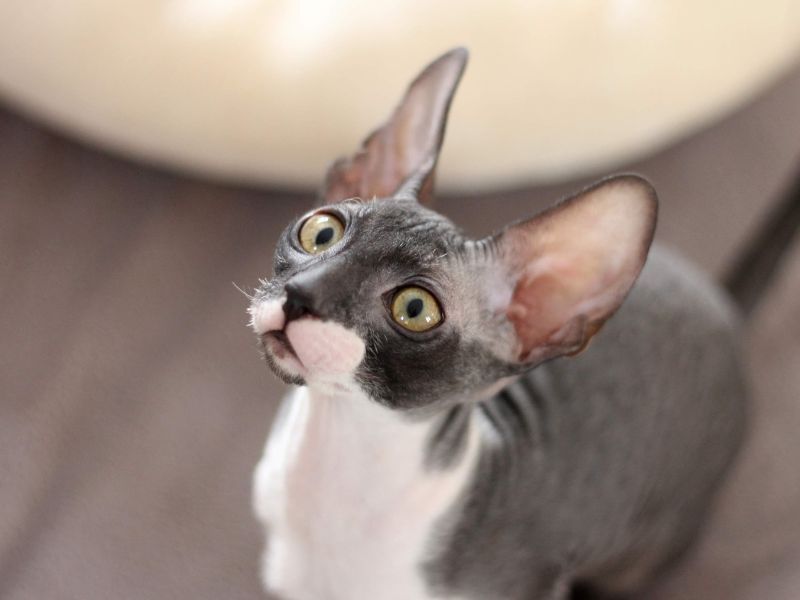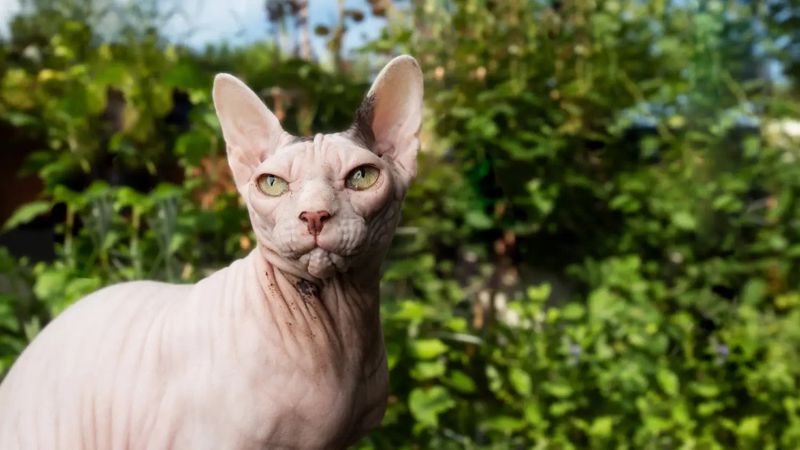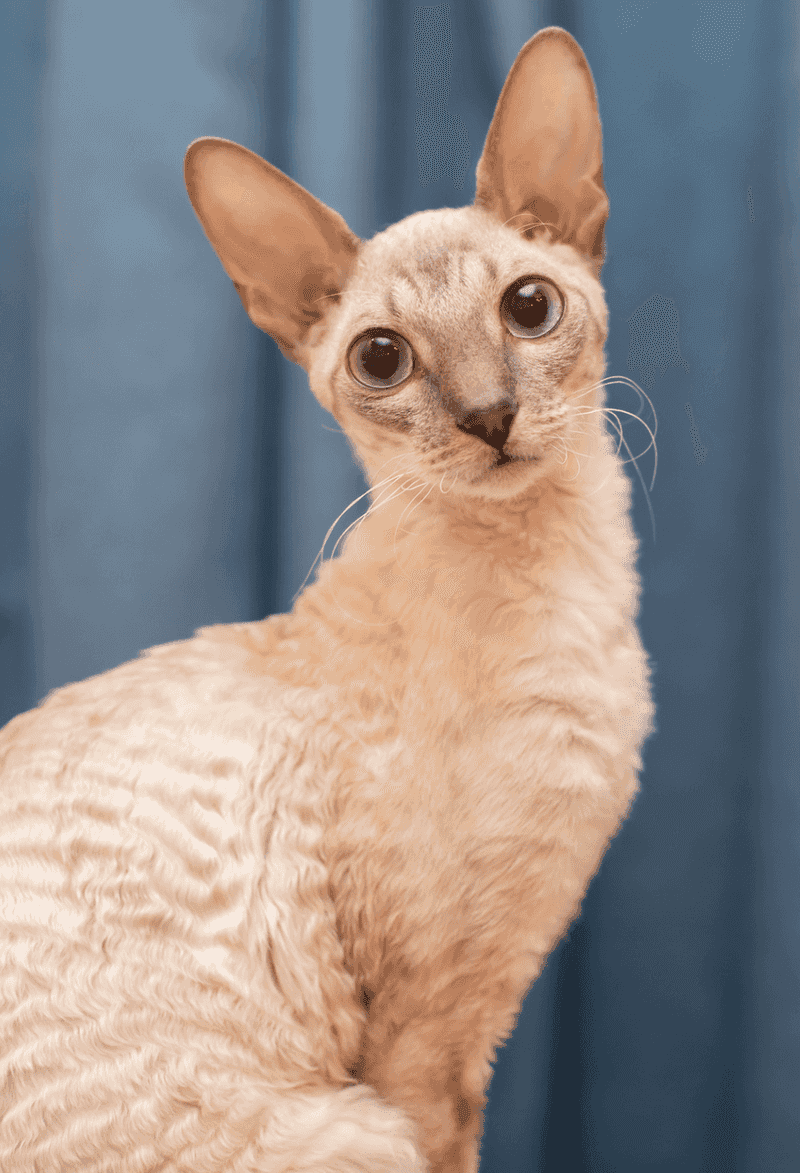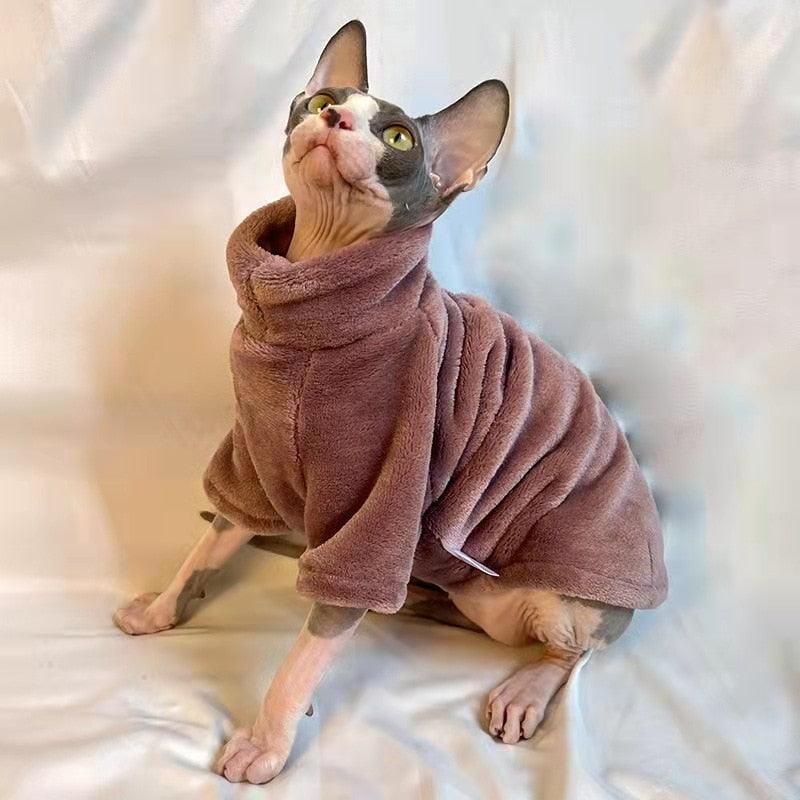📖 Table of Content:
When it comes to unique feline companions, few breeds capture attention quite like the Sphynx and the Cornish Rex. Their distinct looks often prompt double takes, and their captivating personalities make them favorites among cat enthusiasts. Though both are known for their unconventional appearances, the differences between these two breeds go far beyond the surface.
Despite their contrasting coats and facial features, the Sphynx and the Cornish Rex actually share a surprising number of traits. They’re both affectionate, curious, and irresistibly charming in their own ways. Understanding where they diverge and where they align is key for anyone considering either breed—or just curious about what makes them so special.
In this article, we’ll explore five key differences and five notable similarities between the Sphynx and the Cornish Rex. Each point highlights a specific aspect of their appearance, behavior, or care needs. Whether you’re a long-time cat lover or new to these breeds, you’ll come away with a deeper appreciation for what makes each one distinct—and equally delightful.
1. Coat Type
The most obvious difference is all about texture—what you feel when you pet them. Sphynx cats are nearly hairless, with only a fine layer of fuzz that gives their skin a warm, suede-like touch. In contrast, the Cornish Rex sports a fine, curly coat made entirely of soft underfur, lacking the guard and awn hairs typical in most cats. This gives the Cornish Rex its signature rippled look and velvet-like feel. While both breeds stand apart from the traditional long- or short-haired cat, their coats result from entirely different genetic mutations. The Sphynx’s lack of fur is due to a recessive hairless gene, whereas the Cornish Rex’s curls come from a separate gene that affects hair structure. Petting one feels like touching soft silk; the other, a warm peach.
2. Temperature Sensitivity
Thermal comfort isn’t the same for both cats, and their coats—or lack thereof—play a major role. Sphynx cats are especially sensitive to the cold and often require extra warmth in the form of sweaters, blankets, or heated beds. Even in temperate homes, they will instinctively seek out sunlit windows, body heat, or any source of warmth they can find. On the other hand, Cornish Rex cats, while not fully protected, have just enough fur to hold some heat and can tolerate slightly cooler environments. Their lean build still makes them susceptible to chills, but less so than the bare-skinned Sphynx. Owners of either breed must be mindful of drafts and temperature shifts. Both breeds do best in warm, stable indoor environments.
3. Skin Care Needs
Daily grooming routines differ significantly due to skin oil and hygiene. Sphynx cats do not have fur to absorb their natural skin oils, so residue builds up over time and can cause greasiness or irritation. This makes regular baths—usually once a week—a must to maintain their skin health and prevent issues like clogged pores or odor. In contrast, the Cornish Rex’s thin fur manages to absorb and distribute oils more effectively, meaning they require minimal bathing, if any. Their coat is low-maintenance, only needing the occasional gentle brush to remove loose hairs. For new pet parents, this distinction can be a dealbreaker depending on how much grooming they’re willing to handle. Keeping a Sphynx clean is a labor of love, while the Cornish Rex demands far less upkeep.
4. Facial Structure
Their faces tell entirely different stories of feline elegance. The Sphynx has broad cheekbones, large bat-like ears, and striking wrinkles that give it an almost extraterrestrial expression. Its face is muscular and expressive, often appearing more animated than other breeds. By contrast, the Cornish Rex has a much narrower face, a straight Roman nose, and delicate bone structure that reflects its refined and aerodynamic physique. While both breeds have large ears, the Cornish Rex’s face is sleeker and more delicate, matching its graceful body. These differences aren’t just aesthetic—they influence how each cat is perceived emotionally. The Sphynx often appears curious or intense, while the Cornish Rex exudes an elegant, poised demeanor.
5. Energy Levels & Play Style
When it comes to movement, each breed dances to its own rhythm. Sphynx cats are playful, inquisitive, and love to follow their humans, often acting more like dogs than traditional felines. They’re highly interactive and love to be involved in everything from Zoom calls to laundry folding. Meanwhile, the Cornish Rex is an agile athlete, famous for its leaping skills and love for vertical spaces. It climbs, races, and performs acrobatic feats with enviable grace and speed. The Sphynx is equally energetic but tends to seek closeness and warmth in between bursts of activity. If you’re seeking a feline sidekick to play with all day, both fit the bill—just with slightly different styles. Think of the Sphynx as your shadow and the Cornish Rex as your living-room parkour artist.
1. Affectionate Nature
Above all, both cats crave love and thrive on affection. Sphynx cats are known to be clingy companions, often curling up on laps or sleeping under covers with their humans. The Cornish Rex is no less devoted—constantly purring, head-butting, and nuzzling those it trusts. Neither breed is shy; both are likely to greet guests and involve themselves in social activities around the home. Their emotional intelligence allows them to form strong bonds with people and even other pets. If you’re looking for a cat who genuinely wants to be near you, these two breeds won’t disappoint. Their loyalty and love run deep, making them incredibly rewarding companions.
2. High Intelligence
Their brains are as sharp as their personalities. Sphynx and Cornish Rex cats are highly intelligent and love puzzles, games, and interactive toys. They often learn tricks, figure out how to open doors or cabinets, and can even be trained to walk on a leash. Curiosity defines both breeds, which means they can get into mischief if not mentally stimulated. Owners often report them watching TV, playing fetch, or mimicking behaviors they’ve observed. Engaging with these cats intellectually is as important as physical play. Their cleverness makes them endlessly fascinating—and a little unpredictable.
3. Hypoallergenic Myth
Although they’re often recommended to allergy sufferers, neither breed is truly hypoallergenic. Both the Sphynx and Cornish Rex produce the Fel d 1 protein in their saliva and skin, which is the real culprit behind most cat allergies. Their unusual coats may reduce shedding, which can help reduce the spread of allergens—but it doesn’t eliminate them. It’s a common misconception that hairless or low-fur breeds won’t trigger reactions. Some people do find them easier to live with, while others react just as strongly. Allergy testing is a must before bringing one home. It’s always better to meet the cat first than assume they’ll be symptom-free.
4. Unique Appearance
Visual appeal is part of their allure. With their unconventional looks, both breeds challenge traditional ideas of feline beauty. The Sphynx with its naked skin and wrinkles, and the Cornish Rex with its sculpted curls and long limbs, are immediately memorable. These are cats that draw attention and spark conversation. Both breeds have lithe, muscular bodies, long toes, and oversized ears that contribute to their exotic charm. While neither fits the mold of a “typical housecat,” that’s exactly what makes them beloved. Their individuality shines through from whisker to tail.
5. Love for Warmth
Comfort-seeking is practically a shared lifestyle. Whether it’s basking in a sunny window, curling under a blanket, or snuggling with you at night, both the Sphynx and Cornish Rex are heat-seeking cuddlebugs. Their low insulation makes them more sensitive to cold, so they instinctively seek out warmth wherever they can find it. Sweaters, heated cat beds, and warm laps are top-tier luxuries for these breeds. You might even catch them lounging near electronics for the heat they give off. Their need for warmth isn’t just physical—it often leads to extra closeness with their humans. For anyone who enjoys a cozy lap cat, these two won’t disappoint.
